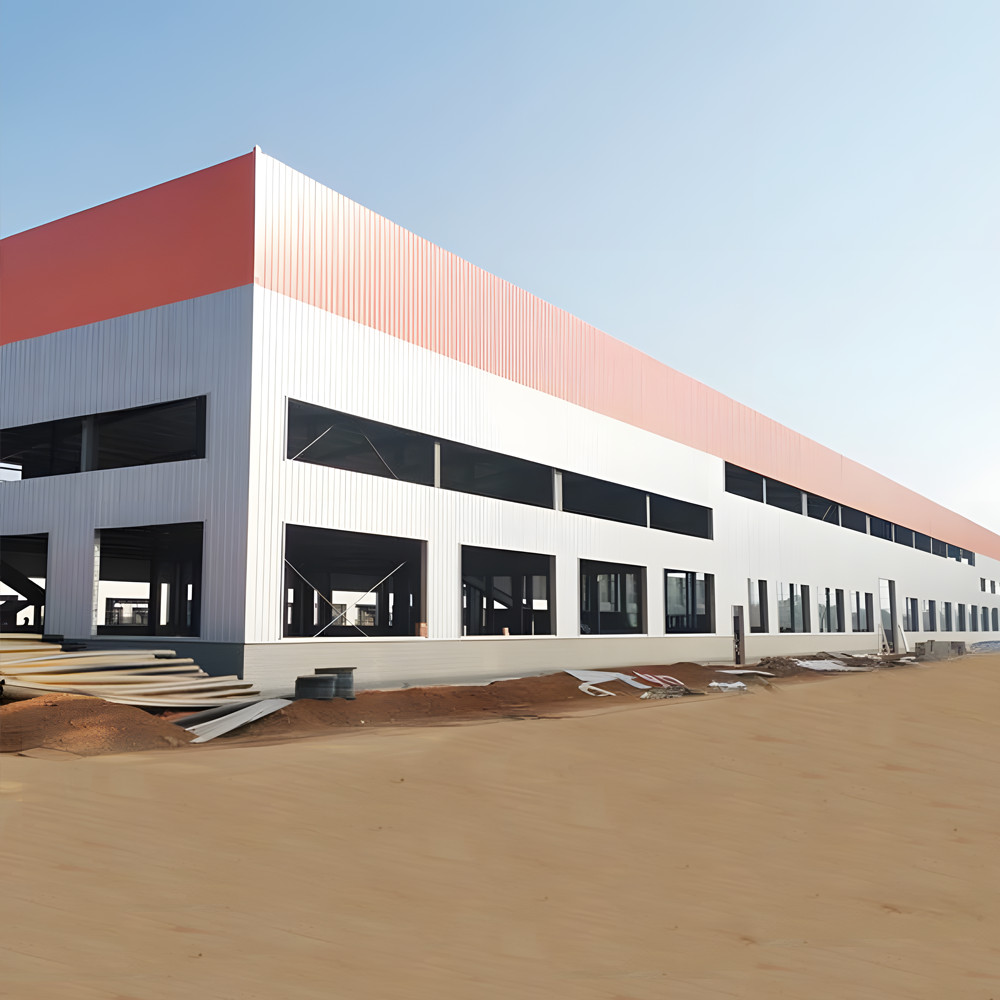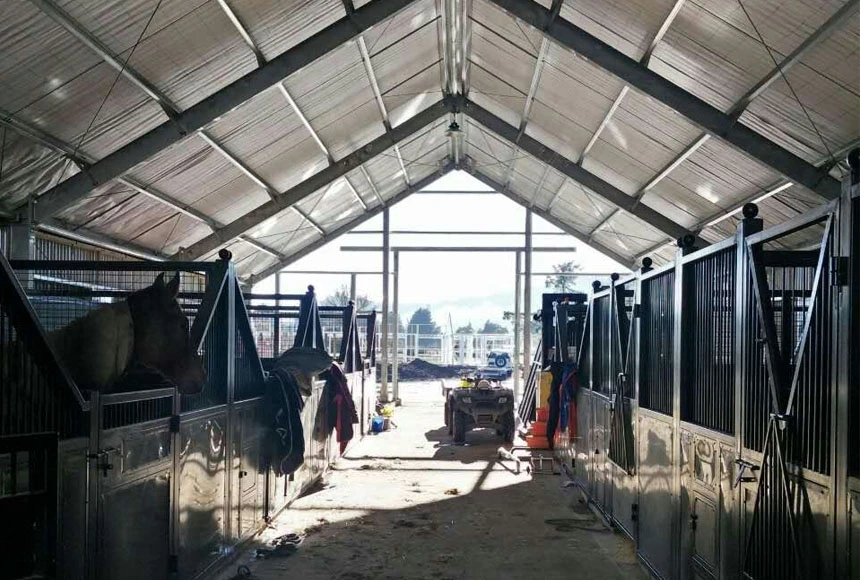What is Prefabricated Steel Structure?

Steel structure is a natural choice for construction, but not all steel structures are prefabricated buildings, especially not poorly constructed prefabricated ones.
Earthquake Resistance.
During the 8.1-magnitude earthquake in Mexico in 1985, the collapse rate of steel-framed buildings was far lower than that of concrete buildings. Similarly, statistics from the 7.1-magnitude Hanshin earthquake in Japan in 1995 showed consistent results. In 2015, Tongji University conducted a full-scale experiment on a layered frame system with three stories, demonstrating that after experiencing an earthquake acceleration of 0.26g (equivalent to a major earthquake affecting a nine-story building), apart from the seismic braces, the rest of the structure remained intact.
Defects of Prefabricated Concrete Buildings.
Despite some progress in the research and application of prefabricated concrete structures, concrete differs from steel in terms of prefabrication, presenting obvious disadvantages. Firstly, in the treatment of key technologies, a significant amount of wet work is still required to ensure structural integrity. There are still issues such as imperfect and unsystematic key technologies in application. Secondly, concrete structures consume more resources, which contradicts our advocacy for low-carbon and green buildings.

Well-designed Prefabricated Steel Structures are More Economical than Prefabricated Concrete Structures.
Advantages of Prefabricated Steel Structures:
Compared to prefabricated concrete buildings, prefabricated steel structures offer the following advantages:
1.No on-site cast-in-situ joints, faster installation, and easier quality assurance of construction;
2.Steel structures are ductile materials with better earthquake resistance;
3.Compared to concrete structures, steel structures are lighter in weight, reducing foundation costs;
4.Steel is recyclable, making it more environmentally friendly and green;
5.Well-designed prefabricated steel structures are more economical than prefabricated concrete structures;
6.Smaller beam and column sections provide more usable floor area.

Envelope System.
The envelope system is a critical factor in prefabricated buildings. The steel structure system must closely cooperate with the envelope system for a harmonious unity. For instance, residential buildings may leave a negative impression of prefabrication because Chinese residents accustomed to shear wall structures do not wish to see beams and corner columns indoors. In addition, structural issues such as acoustic bridging details are also key technologies in prefabricated steel buildings.



